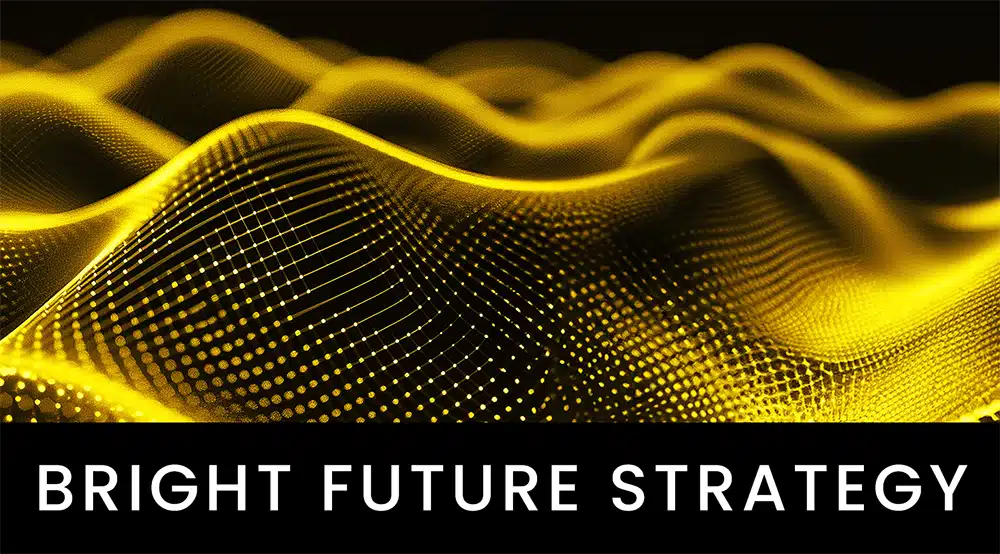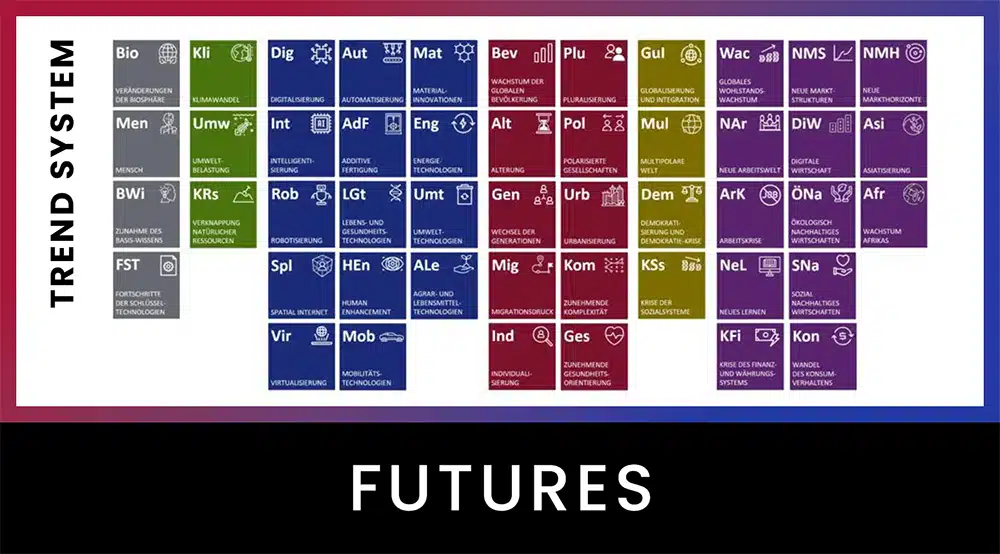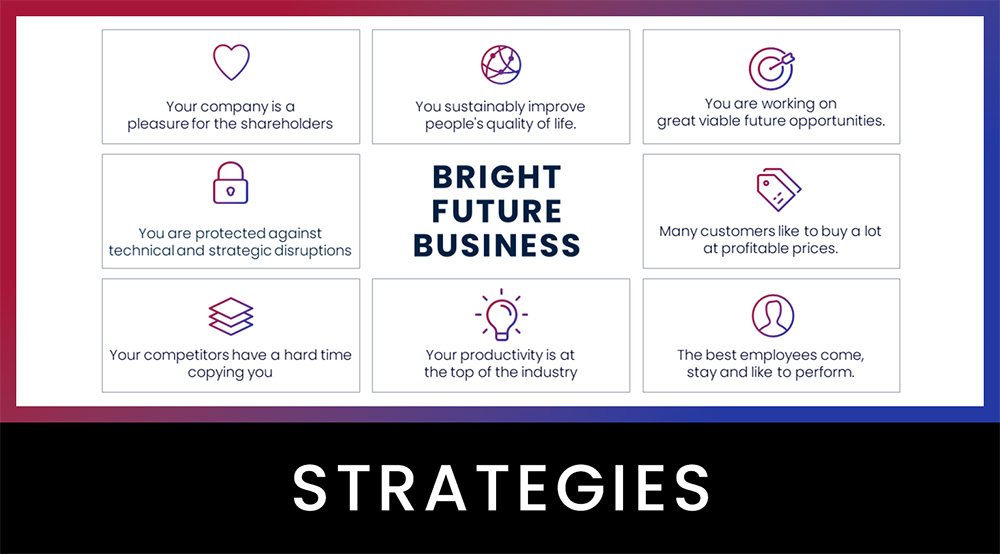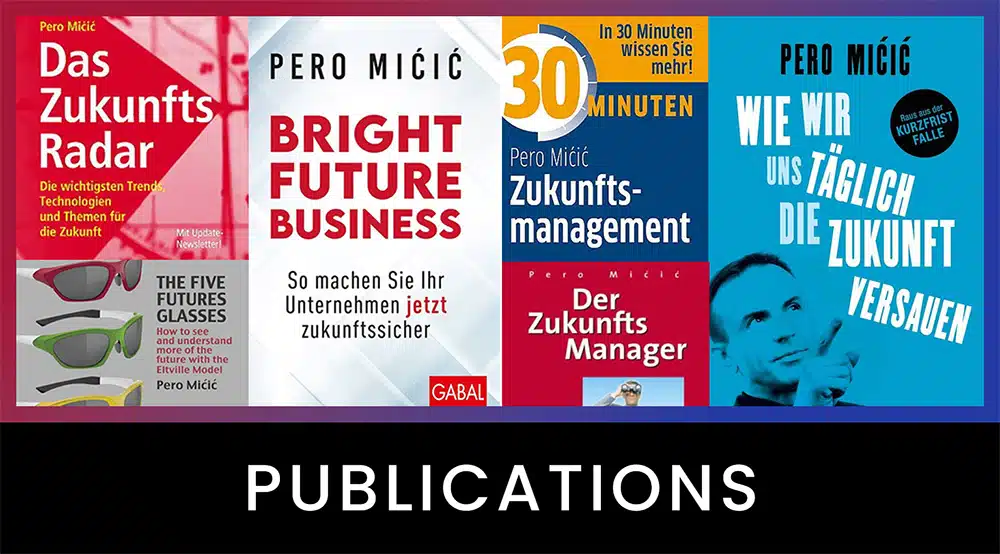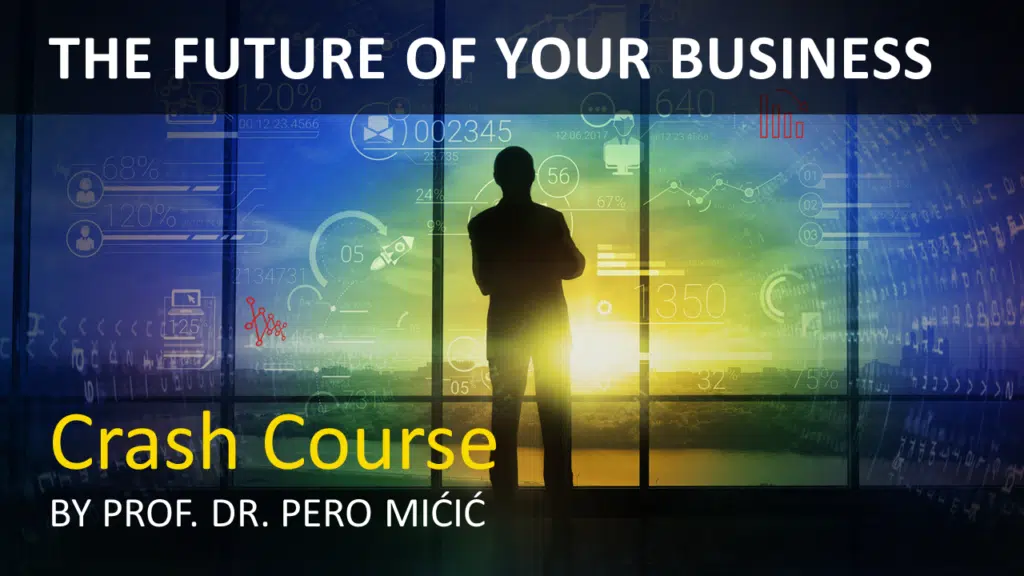Enno Däneke
First successes on a long road to circularity
The Circular Economy 2030 Expectations Scenario assumes that very significant progress will be made in Circularity over the next 10 years. The amount of packaging waste collected will increase significantly, especially in developing countries, and recycling rates are rising worldwide.
These advances are very likely to happen soon, but this is still a long way from achieving the Circular Economy. In the long term, the topic of closed-loop recycling is targeted, ensuring closed-loop production with a consistent level of quality. Materials are therefore recycled without any loss of quality. Recyclates can thus also be used in high-value applications such as in the food and medical sectors. Today, product manufacturing in this form is hardly possible in any industry, but great progress is already being made towards closed-loop recycling.
Technology and investment are the enablers of the Circular Economy
It will take technological advances in sorting technology, sensor technology, materials and packaging design to move closer to the Circular Economy.
Experts also expect a strong influence from EU regulations. Currently, Plastic Directives are coming into effect, with more stringent requirements expected in the coming years. Experience shows that once such environmental regulations are in place, they tend to gradually tighten further in severity. This has been the case in mobility (CO2 emissions) in recent years and will be similar for plastics.
The entire field of recycling is expecting large investments, which will create new markets. In this, new opportunities can be found in the recovery of plastics. A rethink and fundamentally new approaches to technologies and business models are necessary. The activities of various players will gradually shift in the direction of circularity.
This development will affect entire industries. Industry experts expect, for example, that companies in the chemical industry in particular, which have not been known as drivers of circularity to date, will change their strategy and actively enter the recycling market. There are different options for how to enter the field of circularity. Most importantly, it is likely that companies will engage in waste management themselves by buying into certain markets or they will build appropriate systems themselves to address the issue.
Paradox between customer expectation and customer behavior
The experts’ assessments reveal a paradox between customer expectations and customer behavior. Special attention is paid to the end customers, who on the one hand will make enormous demands on the sustainability and circularity of products and packaging, but on the other hand are hardly willing to invest more time and money for the implementation.
This means that separating waste is already the height of emotion and almost unreasonable for many consumers. There is too much effort involved for them. Higher prices are also an absolute no-go for many.
The solution to this contradiction is to take the complexity involved in recycling away from the customer. The whole recycling process has to run in the background. Industries must be able to process any type of waste stream in a way that secures recyclables. This is the only way to meet customer requirements without burdening the customer.
Renewable Plastics as a Solution for the Future?
Another approach can be found in the topic of Renewable Plastics. This includes plastics and plastics made from renewable raw materials. The assumption is that this field will grow but play a minor role. The concern is that there is strong landuse competition.
Buildable area tends to decrease, for example due to environmental degradation. At the same time, higher demands are being placed on the supply of humanity as the world’s population increases. In addition, there is competition for acreage from companies in the energy industry that also rely on renewable raw materials and fuels. If the scarce agricultural land is also used for the production of basic materials for packaging, it will be very tight. Therefore, the experts’ assumption that renewable plastic will not play an overriding role. More likely is the implementation of the principle reduse – reuse – recycle.
Will there be plastic bans to force the Circular Economy?
Despite all the regulatory pressure on the plastics industry, market experts still don’t believe in broad plastic bans. Plastic bans for certain applications, disposable items and the like are already established in many countries. However, plastic will not be banned across the board as a packaging material. At least that is what experts assume in the expectation scenario.
However, this is a scenario where there are different assessments and therefore the consideration of an alternative scenario is relevant. This raises the following questions: what if a broad ban on plastics and plastic were to come into effect? How do you have to set up then? What does that mean for industries? What would be alternatives?
There is a reason why plastic packaging is so widely used. The price advantages, long durability and low weight are key arguments that the alternative materials would have to bring to replace plastics. In addition, new materials are also required to be recyclable, which must be guaranteed if they are to be a convincing alternative. This is not usually the case with composite materials, which today often replace plastics.
Future Opportunity Circular Economy
Overall, it can be said that the expectations scenario contains many encouraging signals that show that the economy is on the right track. There are already promising approaches, but the road to circularity is still long. This is precisely why there are so many opportunities in this field.
companies, it is worth considering what strategy to apply and how to become active in this market. The shift to the Circular Economy will produce relevant growth markets for decades to come. Especially with such a megatrend, it pays to get in early and position yourself well today to reap the rewards for years to come.
Follow these links as well:
► The Future Strategy Program for SMEs
► Free video crash course THE FUTURE OF YOUR BUSINESS
► BUSINESS WARGAMING for robust business and future opportunities
► KEYNOTES by Pero Mićić for your employees and customers
Have a bright future!








